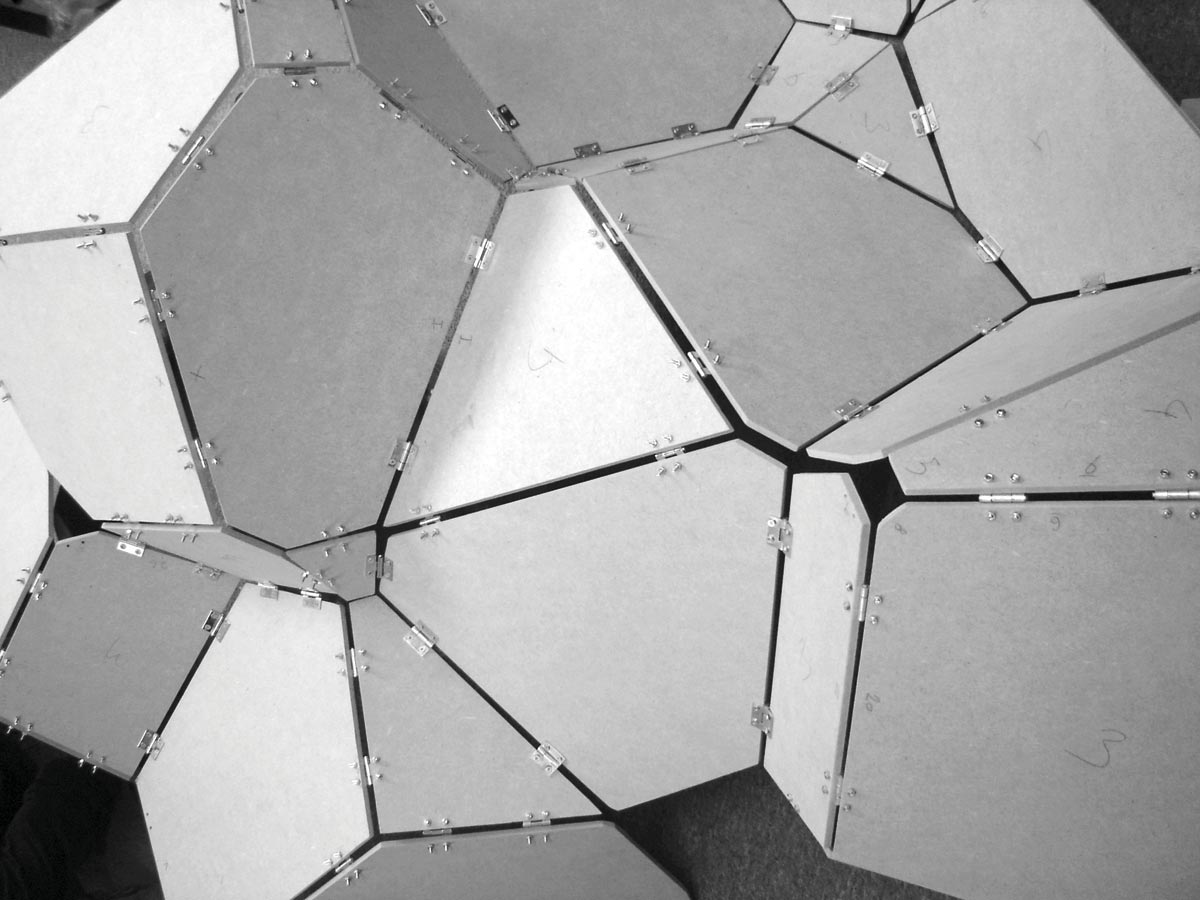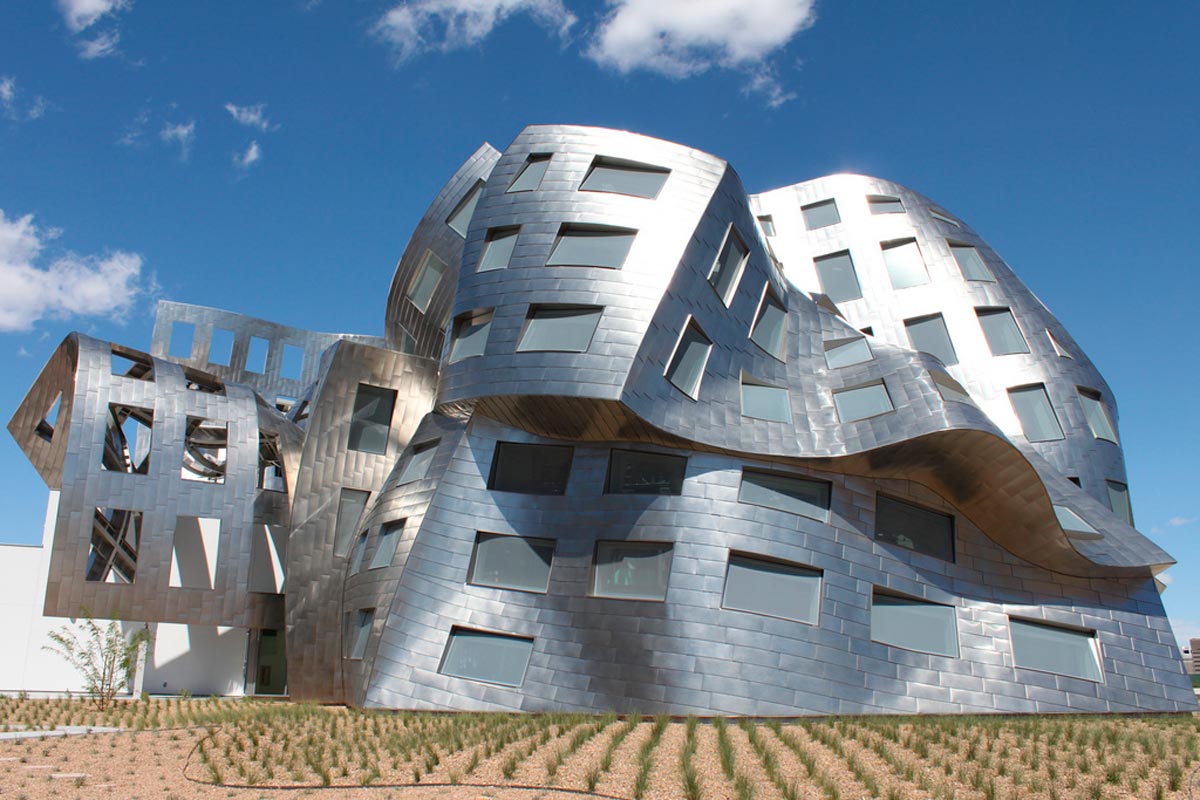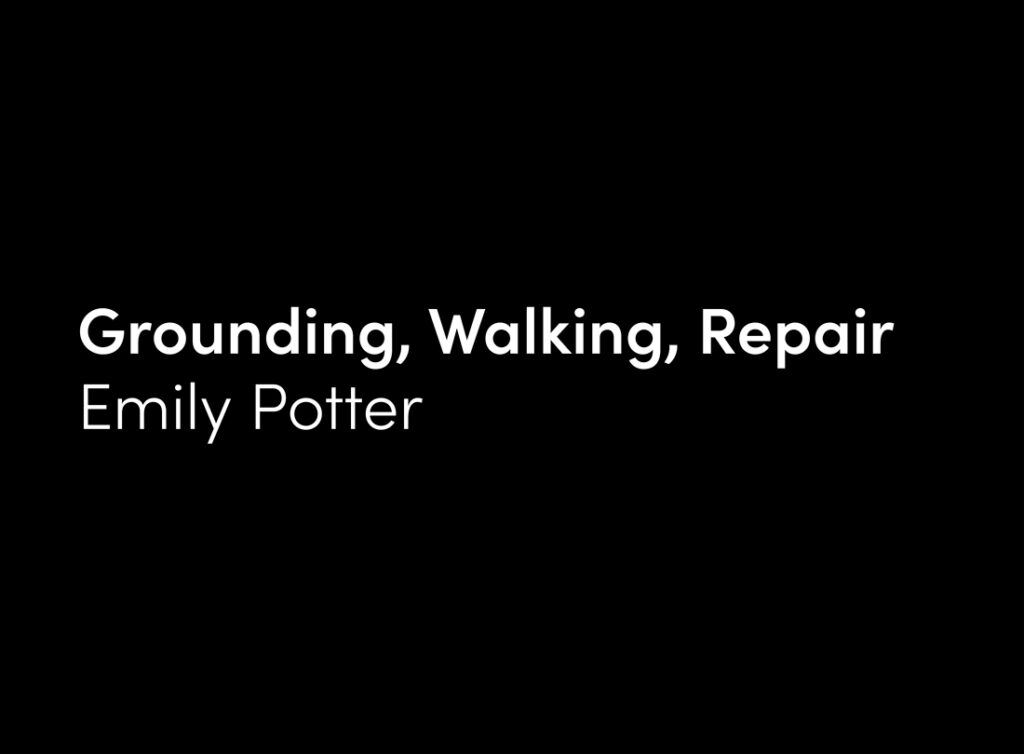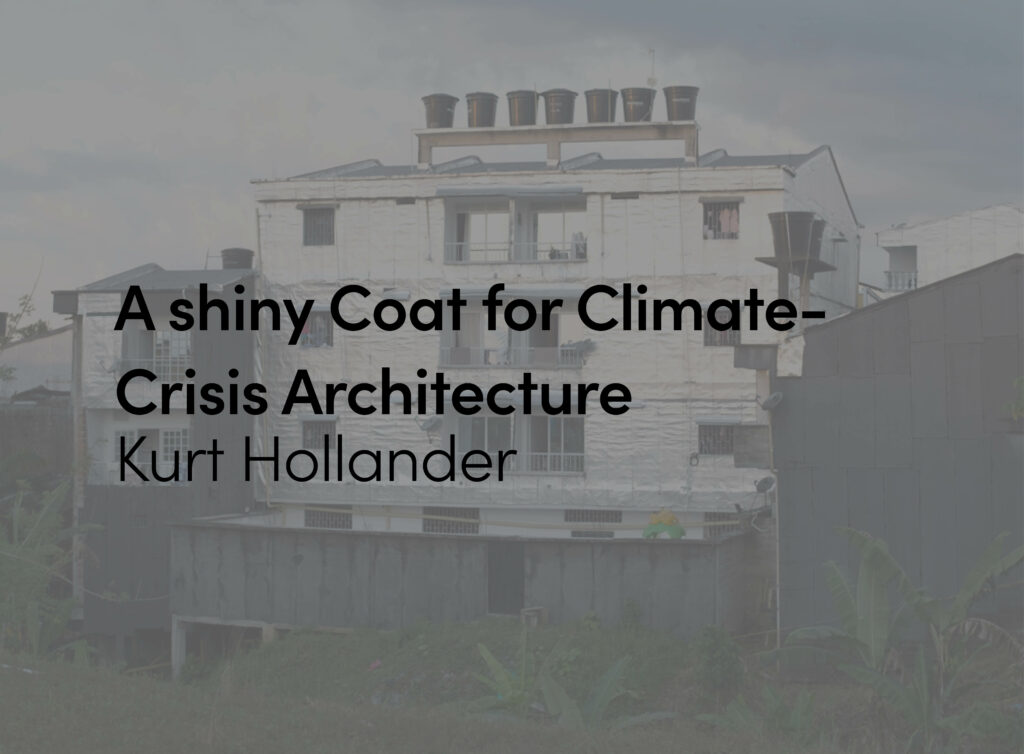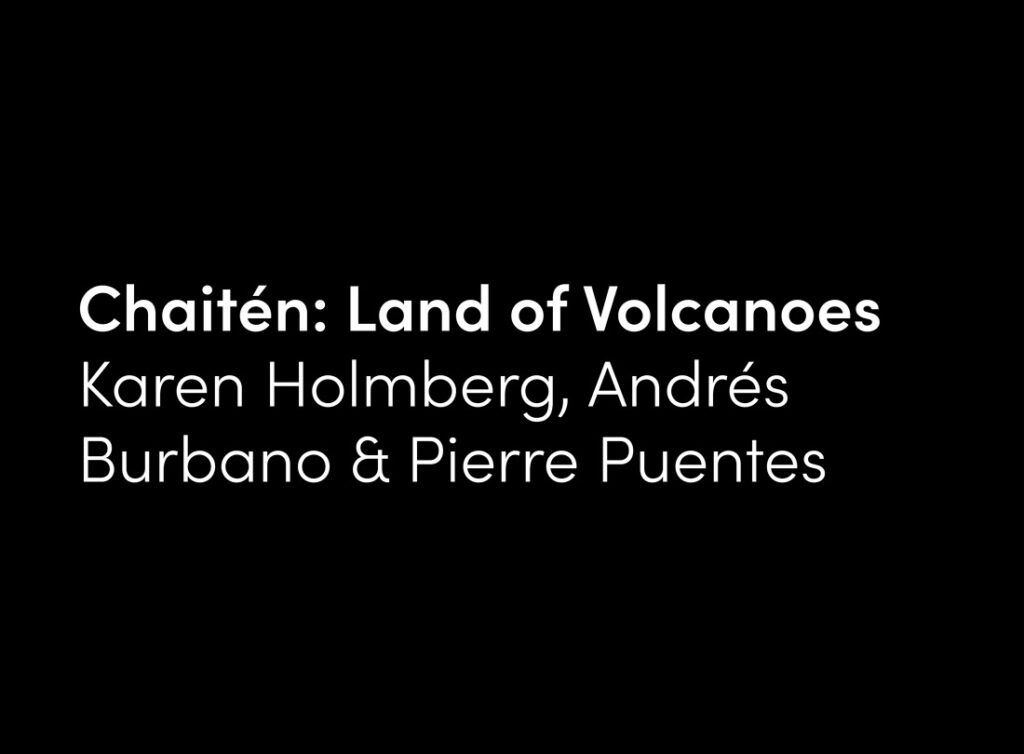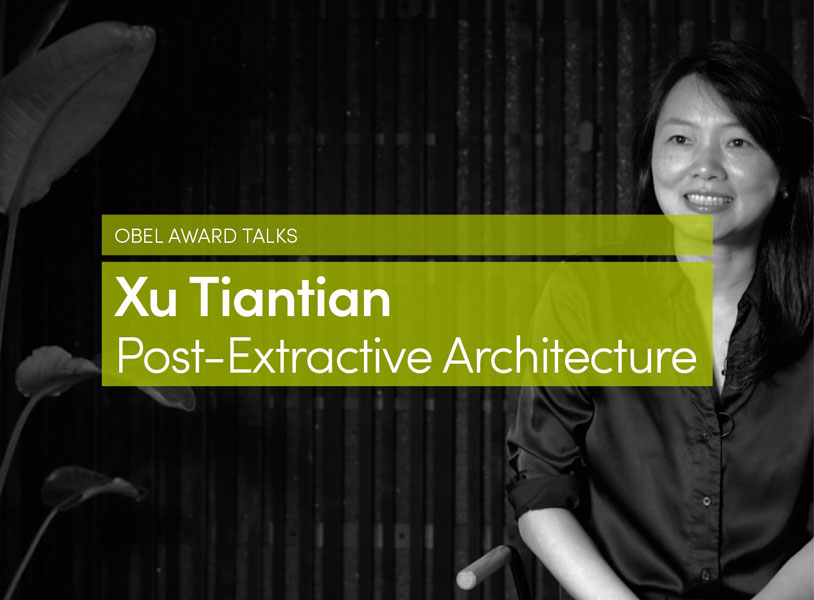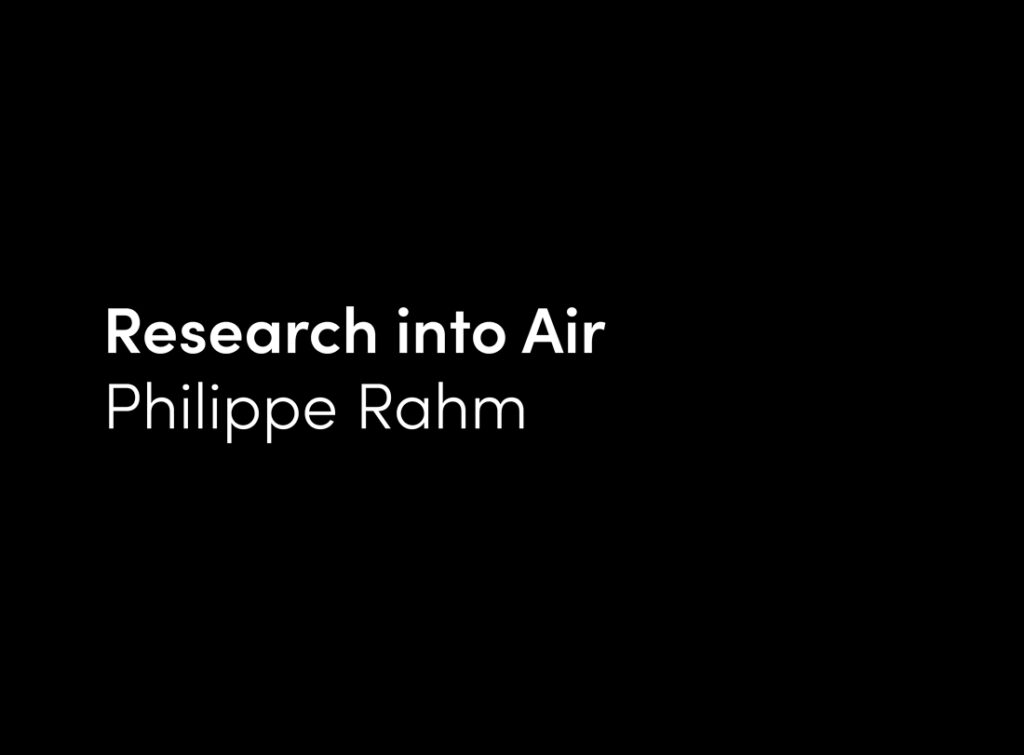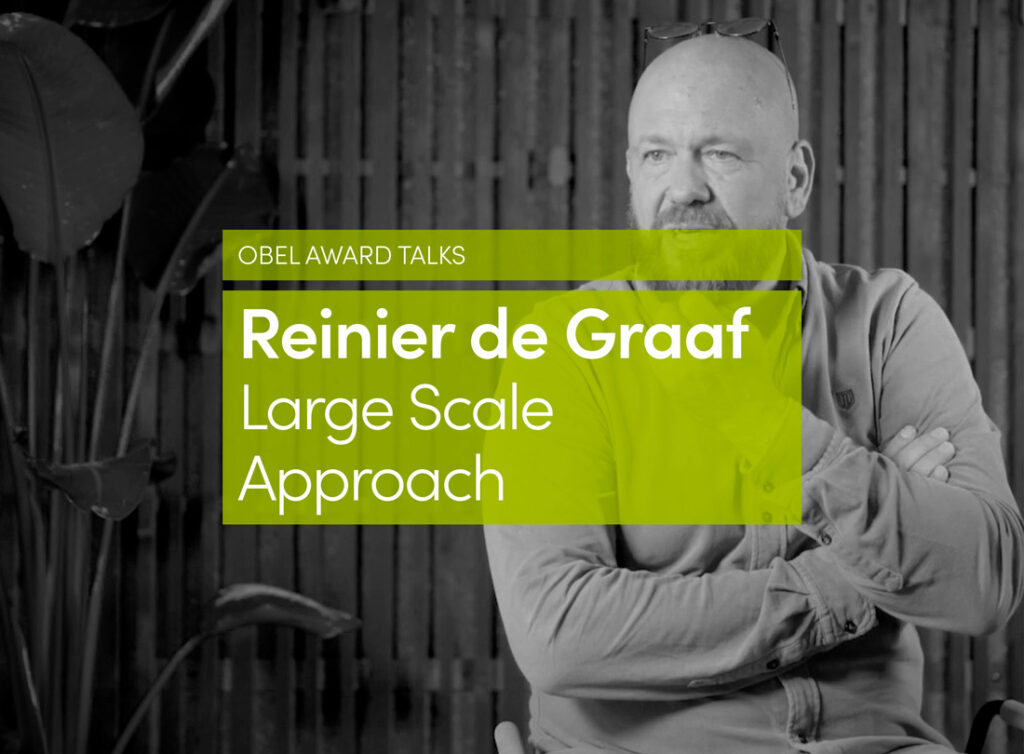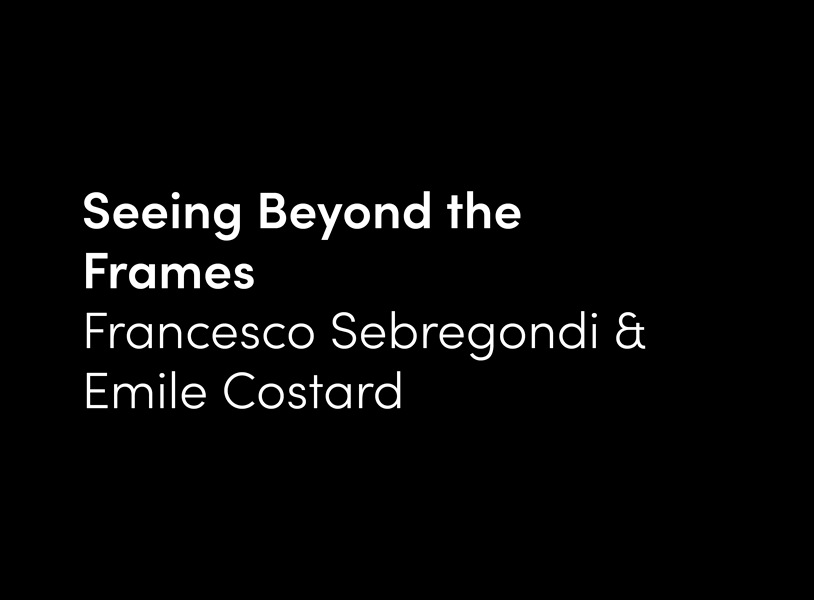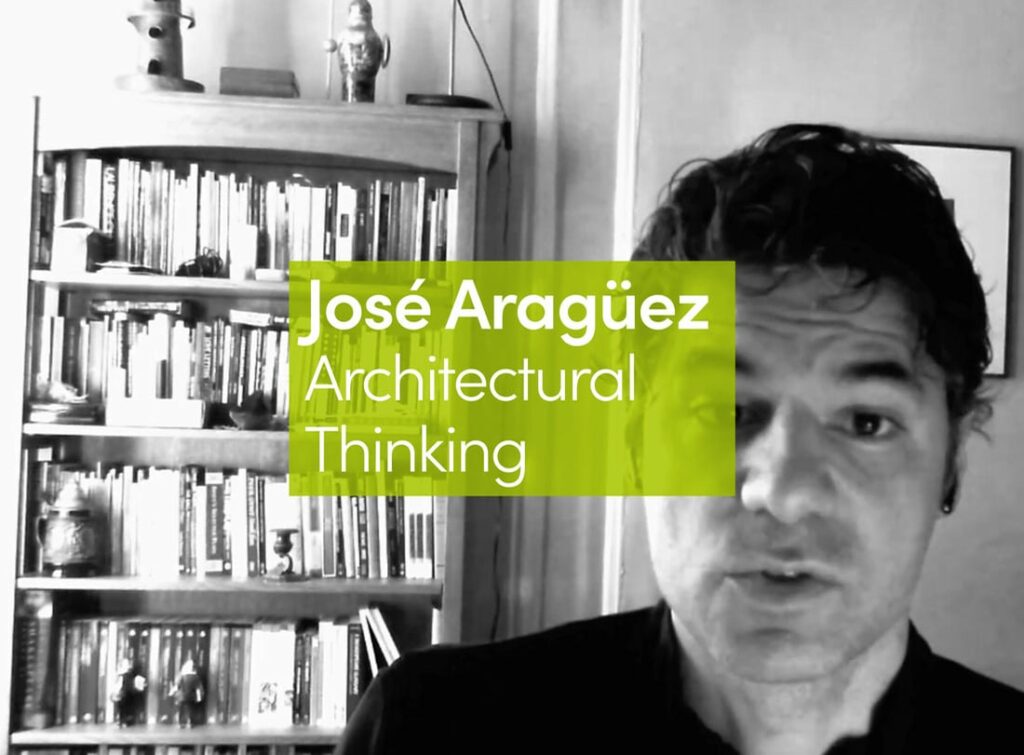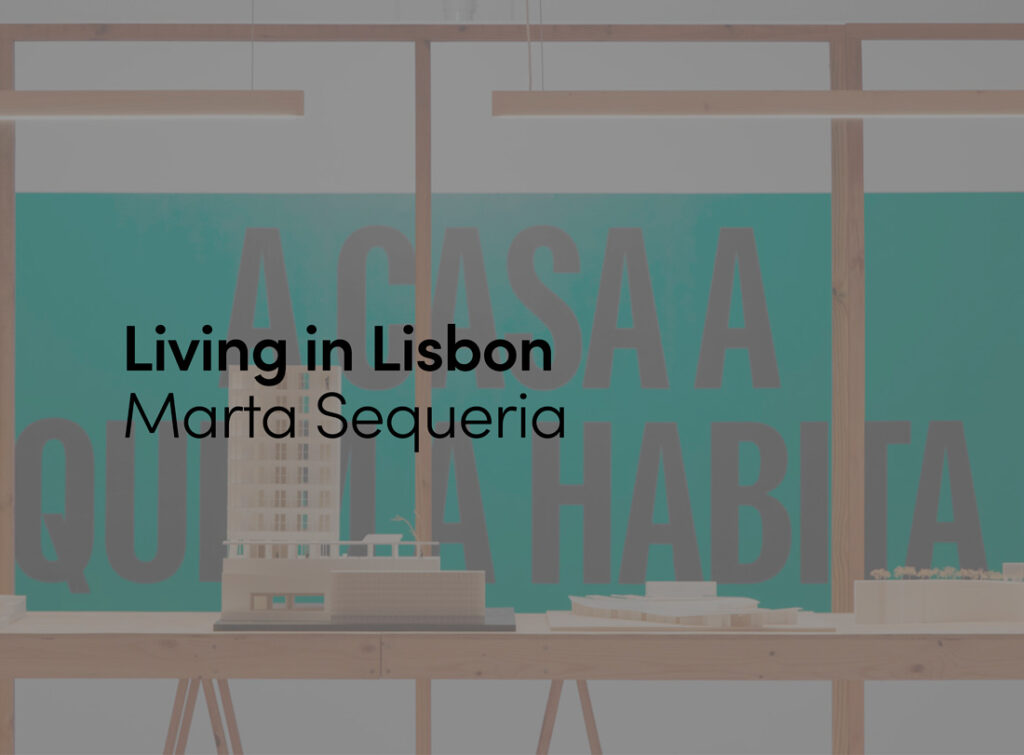This essay is an attempt to describe and analyze a new way of working in Architecture, which has been spontaneously developing during the last few years. It is gradually emerging and its ambition is to make an impact on the built environment in the same way Modernism has done. Modernism after ten years of incubation in the twenties has ruled out ideas and concepts for the following fifty years. Seems we are in a similar stage at the moment, in which there is a great collective research and thinking and it can be applied in various fields; from urbanism, architecture, interior and product design, to the totality of the world of artifact.
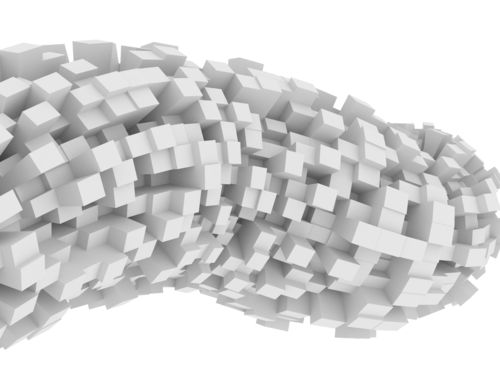
As it happened during the time of the Bauhaus, there is a new movement that has the potential to make the same impact with Parametric Design as a base. A particular aspect of this research touches the competency of architecture and design, this aspect has to do with communication. Ultimately all design is about constructing platforms in the arena of communication. In this way I would like to frame Parametric Design in its performance on communication and not only on forms and shapes. Functionality is boring whereas performance is about the role Architecture is playing and the scene it really triggers; what it stimulates and what it creates. We are living in a society in which communication is intensifying and ramifying thus allowing Architecture to be very much connected and sensitive to the surrounding. There is a demand to interact and connect with life process; there is a necessity to become simultaneous and legible in terms of how to organize and articulate space, time, people and functions with parametric nature. This essay offers very abstract principles. They are open, they are an invitation to invent, to be creative, to give more degrees of freedom, to give the ability to adapt, to respond, to vary.
Main Themes and Objective
or certain things you would never allow yourself to do. A style is almost the sum of your inhibitions. Even though the word “style” is still used by the general public to understand what is happening mainly in fashion and Architecture, I prefer to use other terms alternative to the concept of “style”.
I want to emphasize the importance of Parametric Design in the discourse of Architecture by making clear that it should not be considered only a superficial appearance, but it is something deeper which relates to the time and society, to which Architecture is trying to adapt to. Parametric Design has adapted to the current Digital Culture Society and to its conditions. Within this method of work there will be a continuous accelerating process and in terms of design methodologies, we are starting to move very fast from 3d models, control points, fluids, to scripts and algorithms.
With the use of scripts and algorithms we could be more precise and intricate in the articulation of complex systems integrating even the use of engineering logics and physics simulations in order to bring in more constrains and data. It is also arriving to an optimization process with evolutionary algorithms, more complex set ups and agent based systems of modeling in order to enhance the performance and the sophistication of the outcome.
This method of working is evolving, taking more and more parameters into consideration, giving more adaptive sensitivity and variables in terms of the solution of space, therefore making it more adaptive and more sophisticated.
Parametric Design does not produce “funky” shapes. It really becomes a question of identifying what the relevant parameters are, what really represents a problem or a challenge, what really creates genuine value. The initial understanding of a project involves both qualitative and quantitative analysis. In the end, Parametric Design allows you to leap from very tedious analysis to great inventions because there is always a dialogue between the two atmospheres: qualitative and quantitative.
Voronoi diagram – AA DRL G_NOME
Model – AA DRL G_NOME
I would like to refer to Parametric Design as a set of values and rules that has been developed since the crisis of modernism. The essential definition of parametric design is that all the architectural elements must become parametrically malleable. The advantage of this malleability of the elements is that they can now go into connection and association with each other. They can connect and adapt to each other and therefore they can create intense relation within the building complexity, but also off the building complexity into its context. In the end everything connects and communicates with everything else.
We are witnessing the ontological shift from a repertoire based on cubes, cylinders, pyramids and spheres, in which the architectural composition was nothing but the taking of all the primitive shapes and its addition in a composition, onto a condition where we find malleable flexible fluid elements like spline, nurbs and particles. These can engage with complex interactions and generate a much more dynamic, rich and intricate spatial scenario. It is radically different from spheres, cubes, cylinders, pyramids and their addition. Now we are dealing with a dynamic interplay of totally new basic building blocks. We can go even further and establish principles on how to work with dynamic systems and how to search for a specific solution with those elements.
This aspect is very important as we are living in a moment in which forms are not necessarily connected to anything in particular, and in which we have exceptional abilities to create random forms, almost any form.
We find ourselves in a moment of extreme preoccupation about forms, but such forms respond only to their own terms and for their own sake rather than being an expression of something.
I do not think we can collectively sustain, in the end, an environment of total randomness. We need some kind of relationship between form and other values. Parametric Design is not only about generating new kind of forms but also has a new attitude towards functions and the way of handling them. It has a new understanding of the new requirements of society and how to interpret them. We have to define both, a new set of formal principles and new principles of understanding functions.
Parametric Design has a totally new attitude towards function. We are no longer thinking about function as a simple schedule of accommodation full of fixed stereotypes (residential, commercial), as there is only one type of each of those categories and they always need to be separated. These stereotypes are meaningless concepts.
We need to understand the particular organization of a life process, as there are large, small, medium sizes and they can be either mixed or unmixed. Architecture is more defined by scale rather than by any other issue. Therefore I am increasingly concerned about the constant escalation of economy, which leads on one hand to more abstract commissions and on the other, it introduces a larger and larger scale factor where the repertoire of programs is homogenous. Thus what should be very different in very different areas tends to be flat, so wherever you go the experience tends to be similar. Programs tend to be like a prepackaged meal: what in principle should be very diverse and interesting becomes a little bit predictable. Parametric Design is no longer assuming social homogenization like modernism did, which works with stereotypes and is no longer working with segregative zoning and separation. There is a totally different understanding of tasks and social life process to which we need to accommodate.
The beauty of the Parametric Design is that it is not necessarily defining a new look but it is defining a new level performance. Therefore, it is adding another layer of intelligence. This aspect is very important as it requires a totally new vision for Architecture, adding new levels or artificiality to the environment.
Architecture, along with city planning and automotive industry are about to change fundamentally due to the intersection with the digital world. This process is taking place by itself, not in combination or collaboration with other domains that digitalization is influencing. The condition of Architecture is changing radically and instead of surrender blindly to this force we should question some of the directions that have been taken.
Conclusions
Writing is very important and it has been very relevant in the history of the discipline because we could actually describe the kind of architecture we collectively want to produce before we actually produce it. Through writing we can create some kind of space that can be occupied.
We can find through history compelling and beautiful examples of Architecture. What is touching about them is that everyone knows immediately what they are and also what they express. They are clearly a collective, public statement and also a proclamation about the values of a particular society. Gradually that kind of statement becomes harder to make. We are moving from a sense of common good to a sense of private good. Architecture inevitably reflects society’s values more than it actually shapes them.
In the past twenty-five years, we have witnessed a massive shift from public sector to private sector. This had an incredible effect on Architecture and Architects.
The architect typically expressed the value of the public sector in their work, now architects express mainly the value of the private sector.
Architecture today does not express the values of a particular society. In aesthetic terms, it perhaps expresses the courage, dare or ingenuity of few people. Architecture now has very dubious sides and what it is increasingly producing, as part of this dubious condition, is the well-known world of icons.
Condition of Starchitects today…
In general they don’t have particular qualities and could be placed anywhere. They presumably serve to some purpose, but such purpose is to some extents completely invisible, as invisible is the particular nationality and culture that produces it.
On the opposite side, Parametric Design has a direct connection between a set of serious ambitions and necessities without pursuing the creation of frivolous and possibly unnecessary pieces of decoration: searching great seriousness in every aspect.
Architecture before
Architecture now
It makes worth a distinction between Parametric Design and Parametricism.
Parametricism is claiming some sort of “superiority” and proclaiming it self as “a new hegemonic style”, but seems that almost nobody knows what it is. Very few understand it, why it is necessary and where its superiority lies.
It has also a sinister dimension asserting always its own identity in every condition.
Imposing a singular aesthetic, it is also very suspicious and whether it can really make an impact in the way people live or it is just an escape and fancy diversion.
It is a fact that Architects design unique buildings, unique definitions addressing unique contexts, unique programs for unique people.
We can say that Architects are in the business of creating uniqueness but beyond that, I suspect, there is probably a larger issue.
What is the mission of Architecture? Has Architecture achieved that mission or has it failed? It is worth mentioning that for certain reasons becoming more and more important and connected to globalization, location and who your clients are is less and less innocent.
In the current situation we need a methodological tolerance, some positions and ideas are unclear regarding what to expect with a pragmatic validity. They are not obvious retrospectively in their purposes, there is a sense of vague uncertainty which to some extend we need to accept. There is also danger of getting lost trying to pursue something that has a little chance to become relevant. This essay has a self-critical discourse, which tries to sort out what is a valid and promising speculation research and what is just escape and frivolous thinking.

